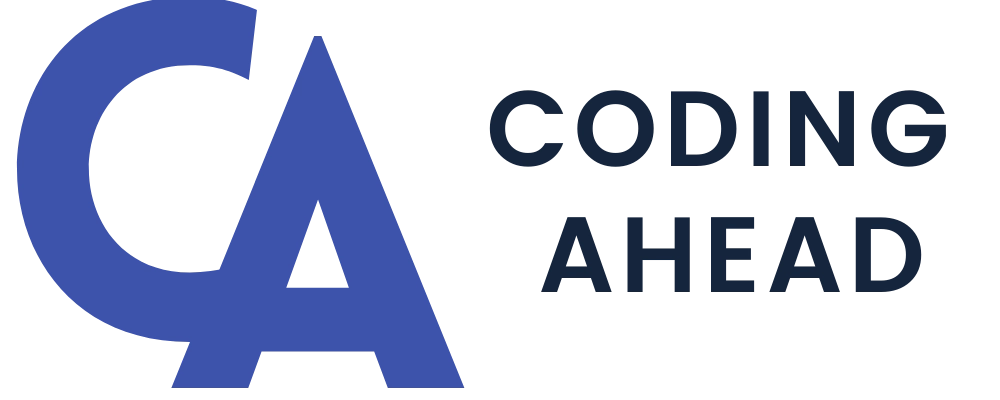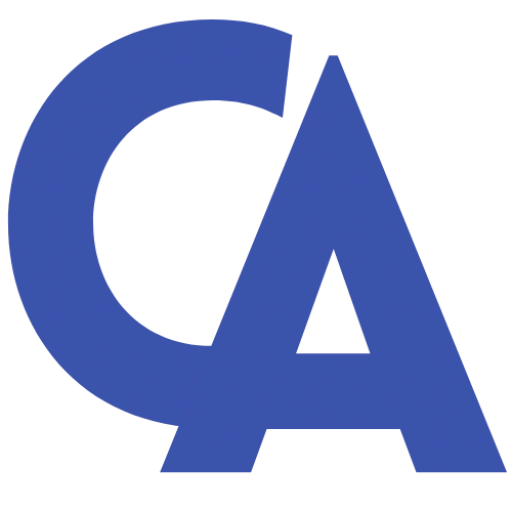(2023) Pulmonary Function Test CPT Codes | Descriptions & Billing Guide
Recovery Auditors have identified overpayments associated with Evaluation and Management (E/M) Services (CPT for Pulmonary Diagnostic Procedures).
These overpayments occurred due to claims billed without Modifier 25 on the same date of service as a pulmonary diagnostic, therapeutic, or monitoring procedure.
Use of modifier 25, when providing pulmonary diagnostic, therapeutic, or monitoring procedures.
CPT Codes For Pulmonary Function Test
CPT 94010 & CPT 94060
Description of CPT 94010: Pulmonary Function Testing (no bronchodilator).
Description of CPT 94060: Pulmonary Function Testing pre and post bronchodilator.
Explanation: Consultation with the payer about billing and payment rules. Spirometry is a critical component in the diagnosis and treatment of lung diseases.
It allows the physician to assess the degree of respiratory obstruction, the effectiveness of current therapy and provides the ability to adjust medications to ensure adequate daily control.
The test results are available after the evaluation and interpretation of the procedure. Planning and interpretation of PFT, fogging device, compressor, liquid inhalation of albuterol and normal saline solution should be made available to the doctor’s office.
CPT 94640
Description of CPT 94640: Aerosol treatment (includes demonstration).
Explanation of CPT 94640: When a demonstration is provided, it should be billed as a separate service with appropriate documentation and use of Modifier 59 to inform the payer that the demonstration is separate from the service.
The handling code should be included in the demonstration.
CPT 94664
Description of CPT 94664: Demonstration.
Explanation of CPT 94664: Most payers will pay for this service. During this service, patients are taught and expected to demonstrate inhalation and spacing techniques. Patients must bring their inhalers and spacers to class.
Most payers cover education and training, but they can not let it be reimbursed unless it is provided in conjunction with other services.
You should consult with the payer about billing and payment rules. Drugs for spacers fall under the pharmacy benefit and are considered durable medical devices. The doctor is responsible for making an appointment and prescribing the medication to the patient.
CPT 94760 & CPT 94761
Description of CPT 94760:Oximetry (single determination)
Description of CPT 94761: Exercise Oximetry.
Explanation: Most payers will pay for this service. This simple and painless procedure is recommended to patients experiencing breathing difficulties.
It is performed to evaluate the oxygen content of the patient. In COPD patients, oximetry is required when walking.
Billing Considerations For Pulmonary Function
If a physician in attendance for a pulmonary function study obtains a history and performs a physical examination related to the pulmonary function testing, separate reporting of an E/M service is not appropriate.
If a significant, separately identifiable E/M service is performed unrelated to the performance of the pulmonary function test, an E/M service may be reported with Modifier 25.
If the E/M was not separately identifiable, then the E/M service should not be billed.
Examples for Pulmonary Function Test CPT Codes
Pulmonary Function Test CPT Codes Example 1
A provider billed CPT code 94010 (Breathing capacity test) with no modifier for date of service.
The same provider also billed CPT code 99213 for the same patient on the same date of service without a modifier.
CPT code 99213 should not be billed if the E/M service was related to the code 94010. Separate reporting of an E/M service is not appropriate because a health care professional in attendance for a pulmonary function study obtains a history and performs a physical examination related to the pulmonary function testing.
If the E/M service was not related to the 94010, then 99213 can be billed with modifier 25.
Pulmonary Function Test CPT Codes Example 2
A provider billed CPT code 94060 (Evaluation of Wheezing) with no modifier for date of service.
The same provider also billed CPT code 99212 for the same patient on the same date of service without a modifier. CPT code 99212 should not be billed if the E/M service was related to the code 94060.
Separate reporting of an E/M service is not appropriate because a physician in attendance for a pulmonary function study obtains a history and performs a physical examination related to the pulmonary function testing.
If the E/M service was not related to the 94060, then 99211 can be billed with modifier 25.
Source: MLN Matters® Number: SE1315



